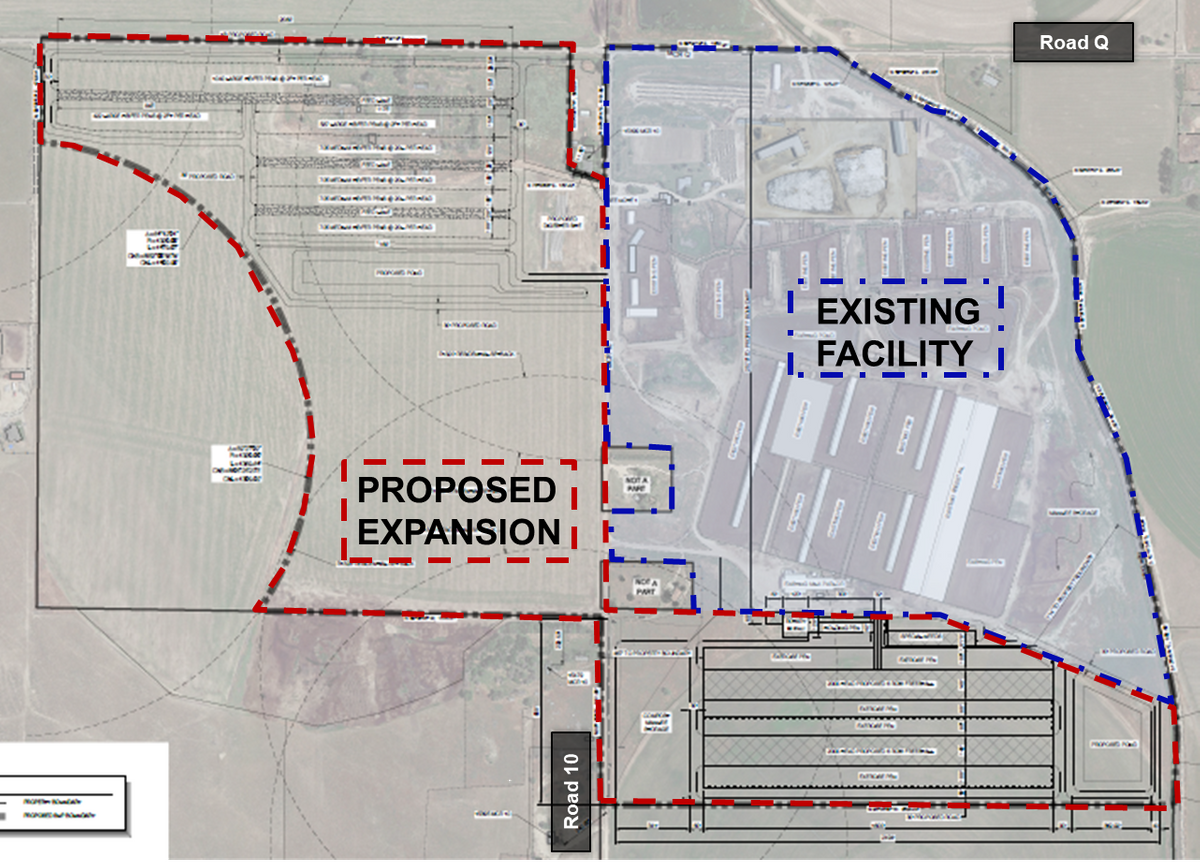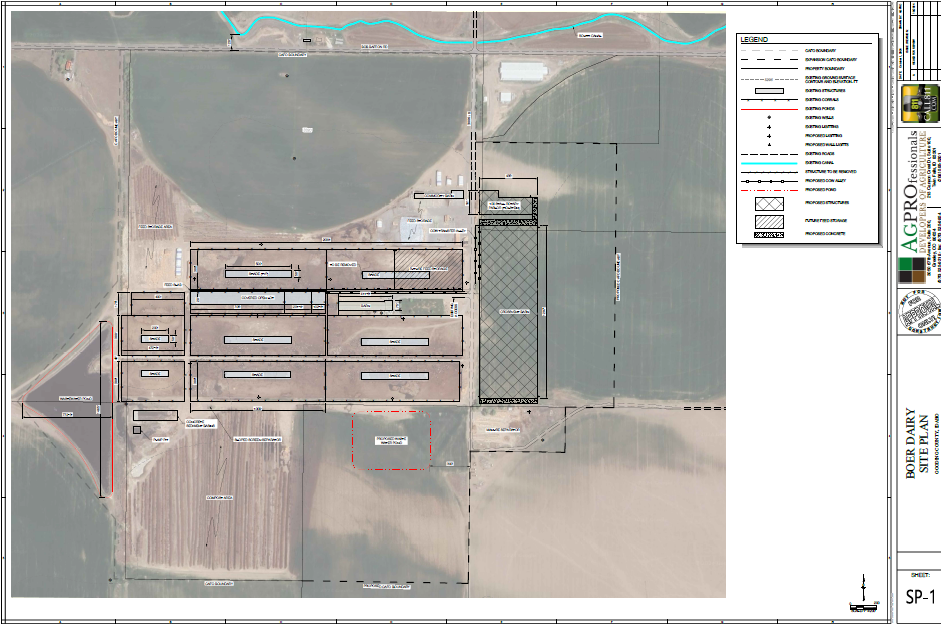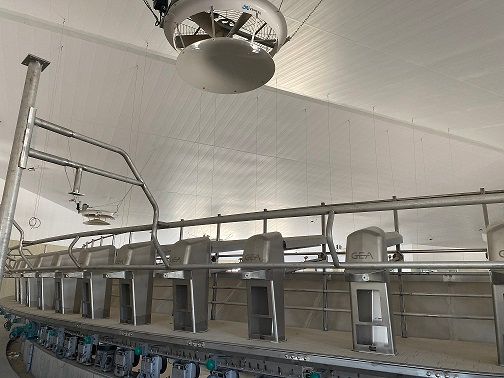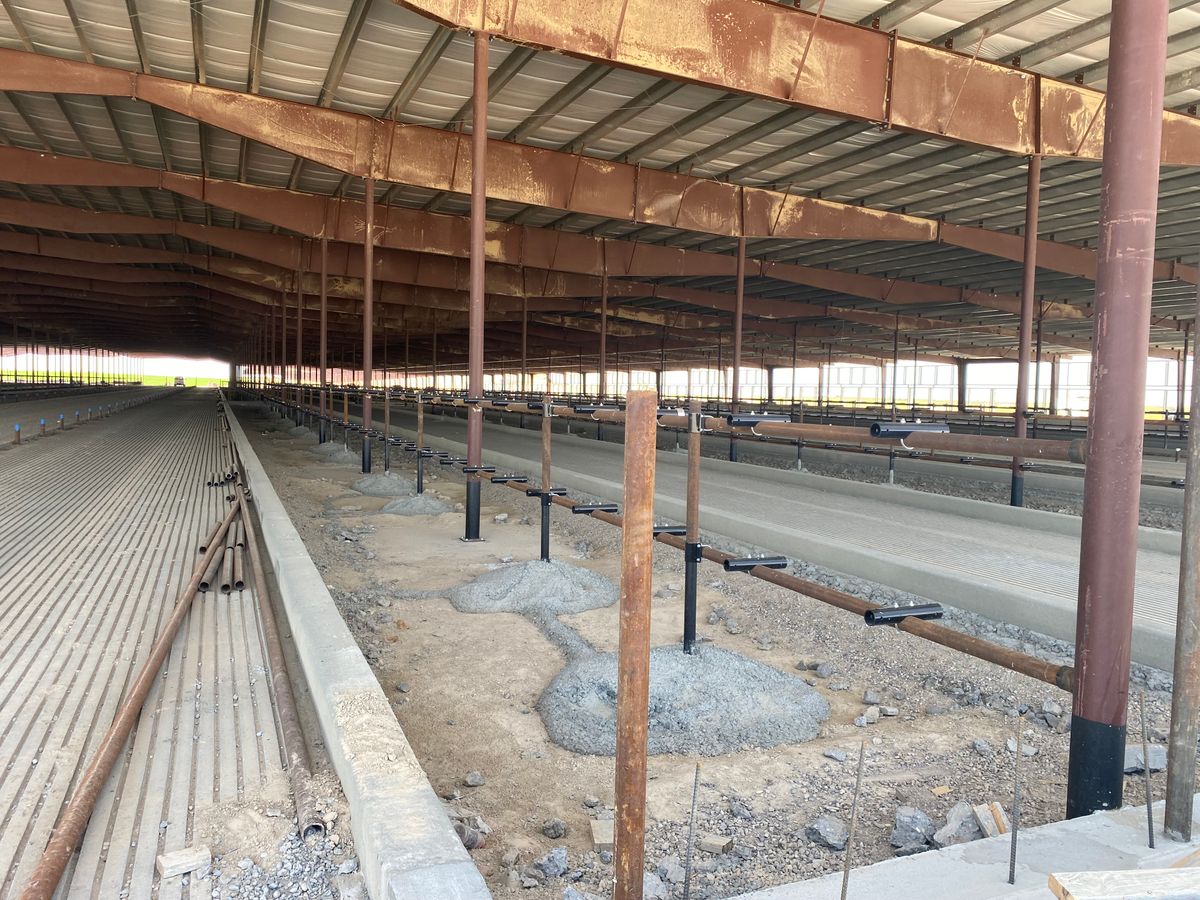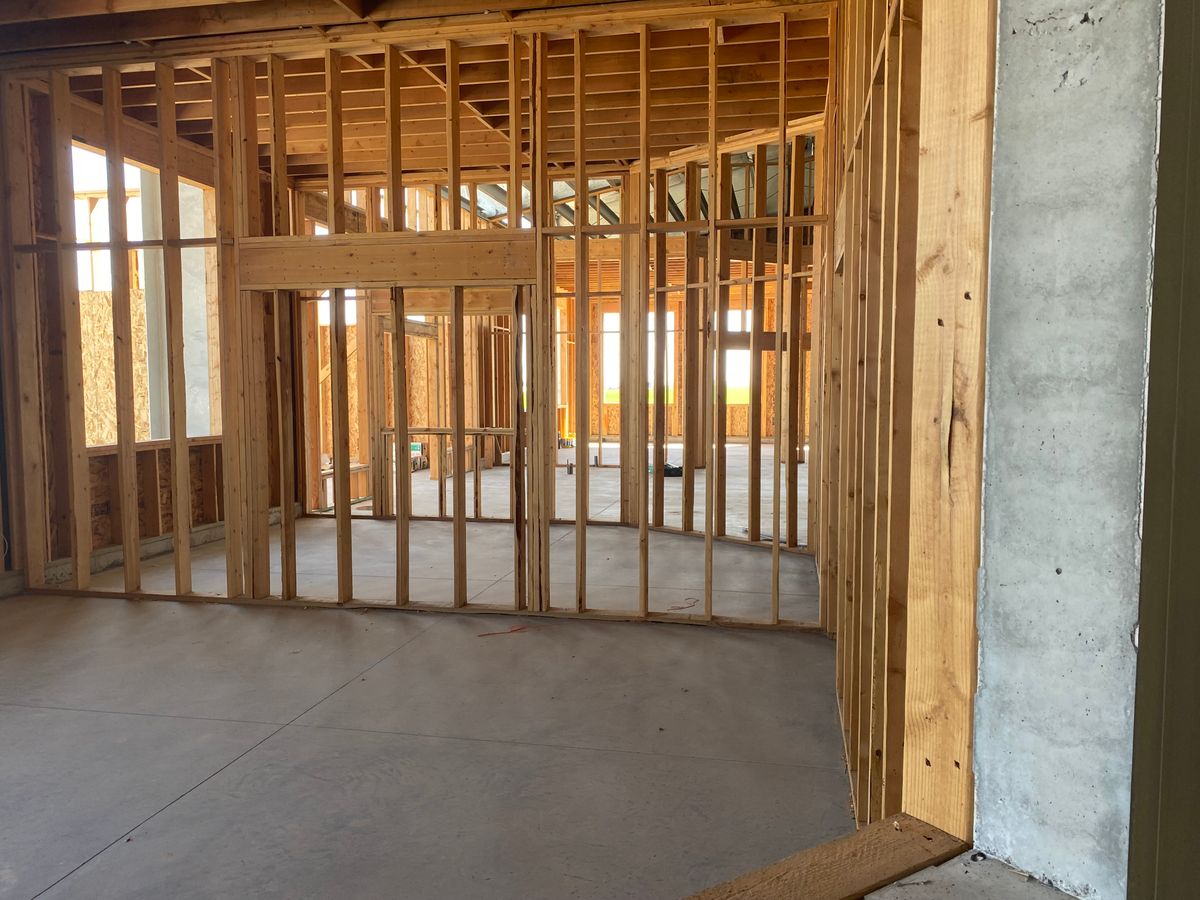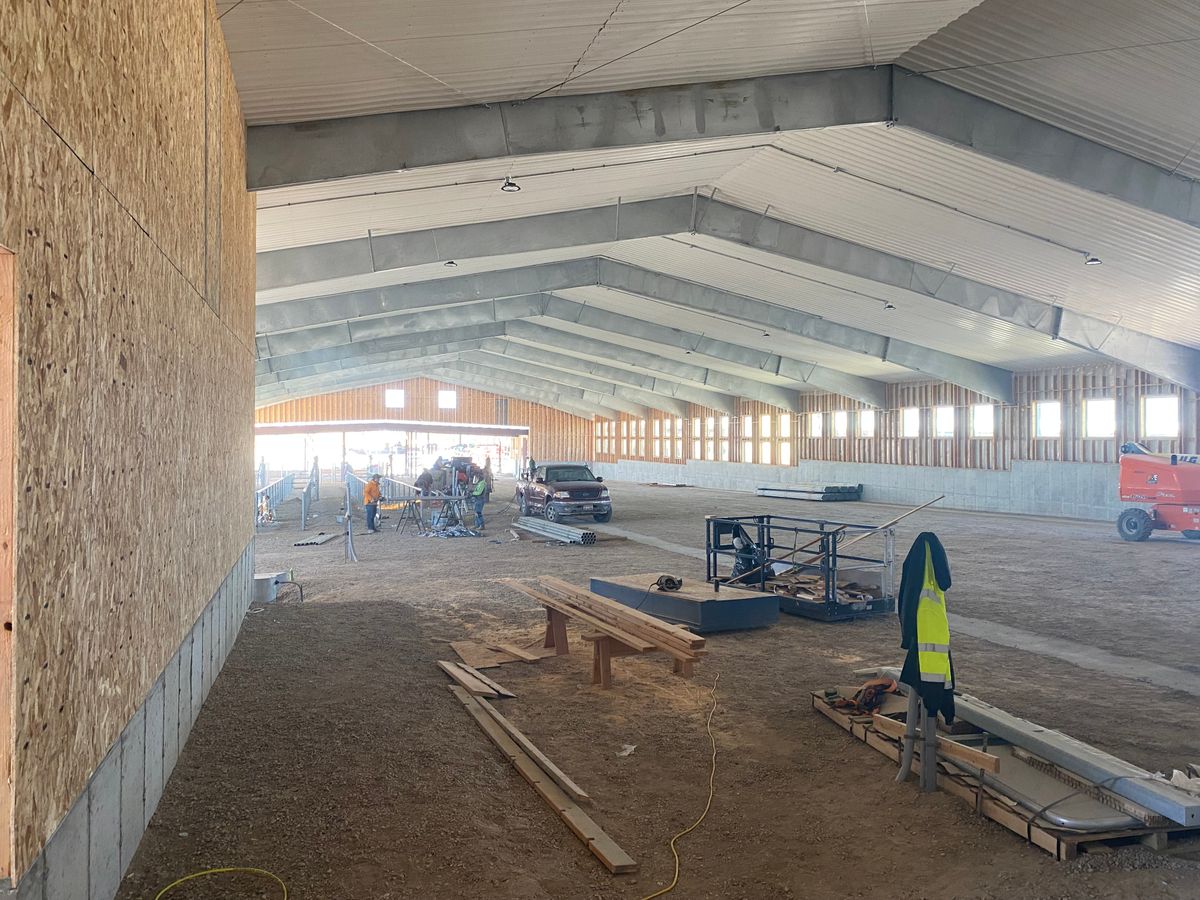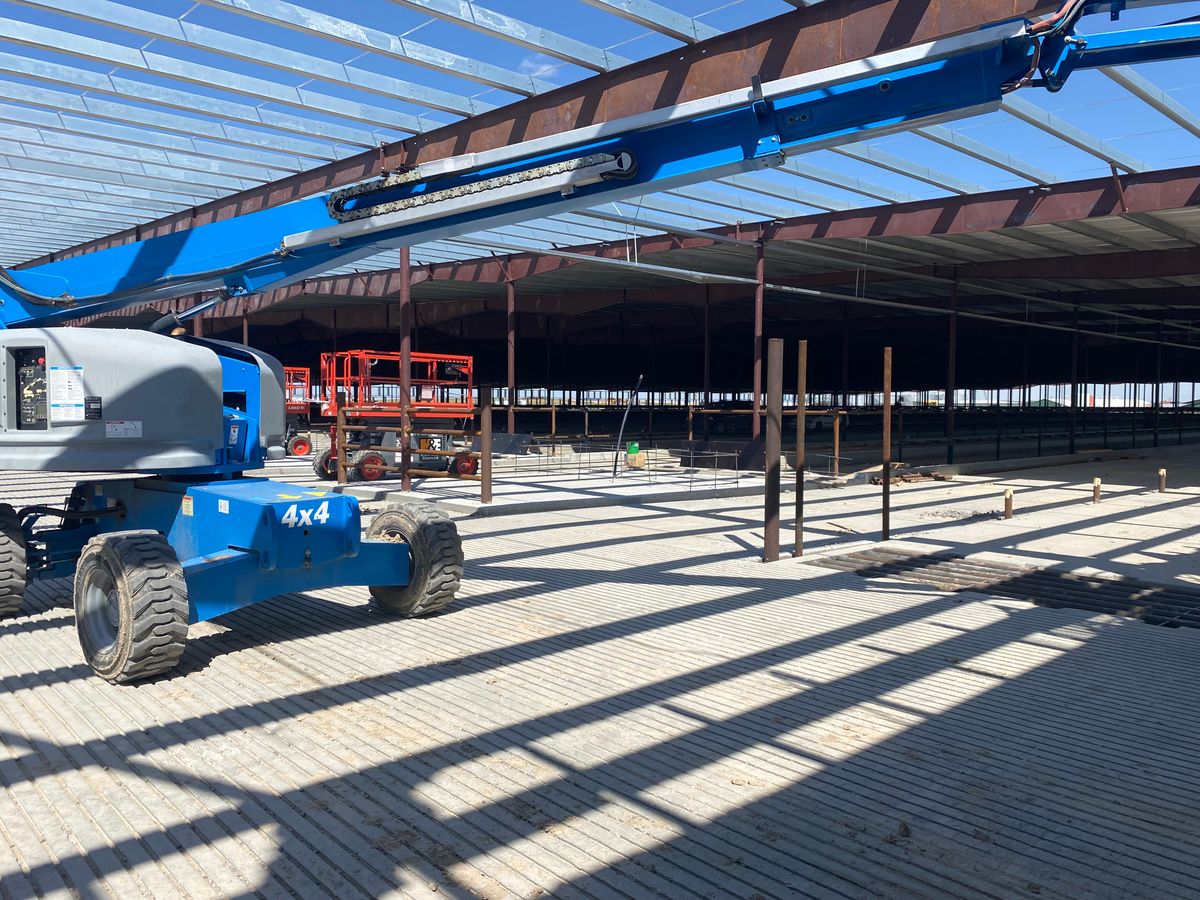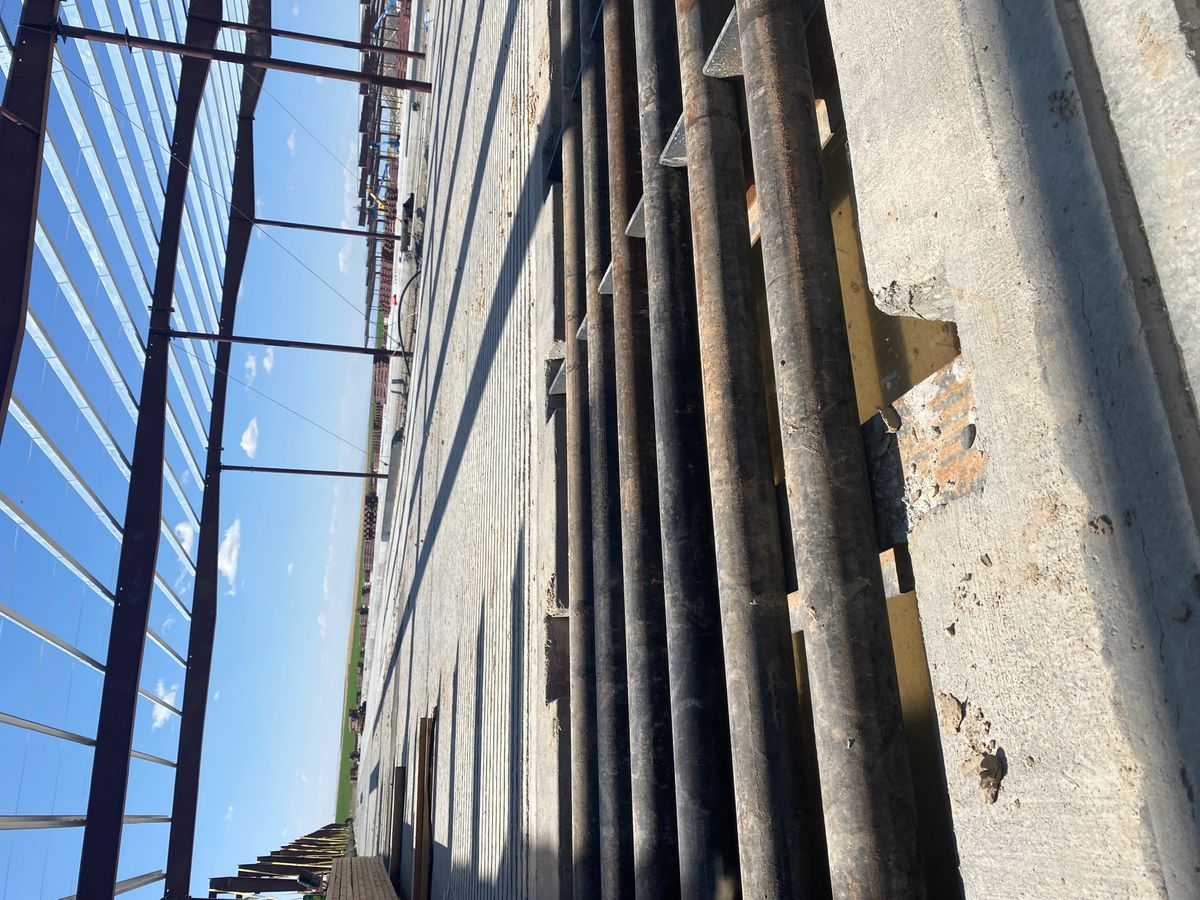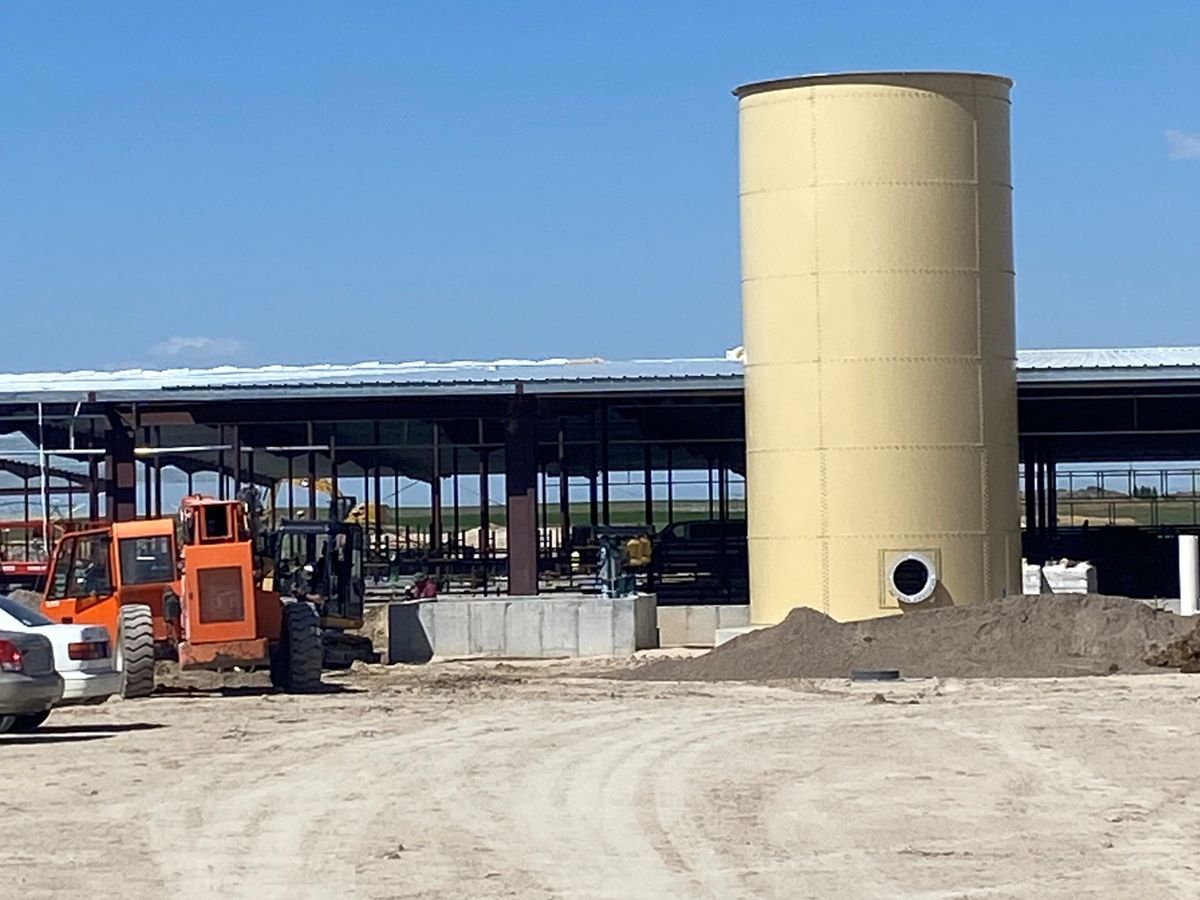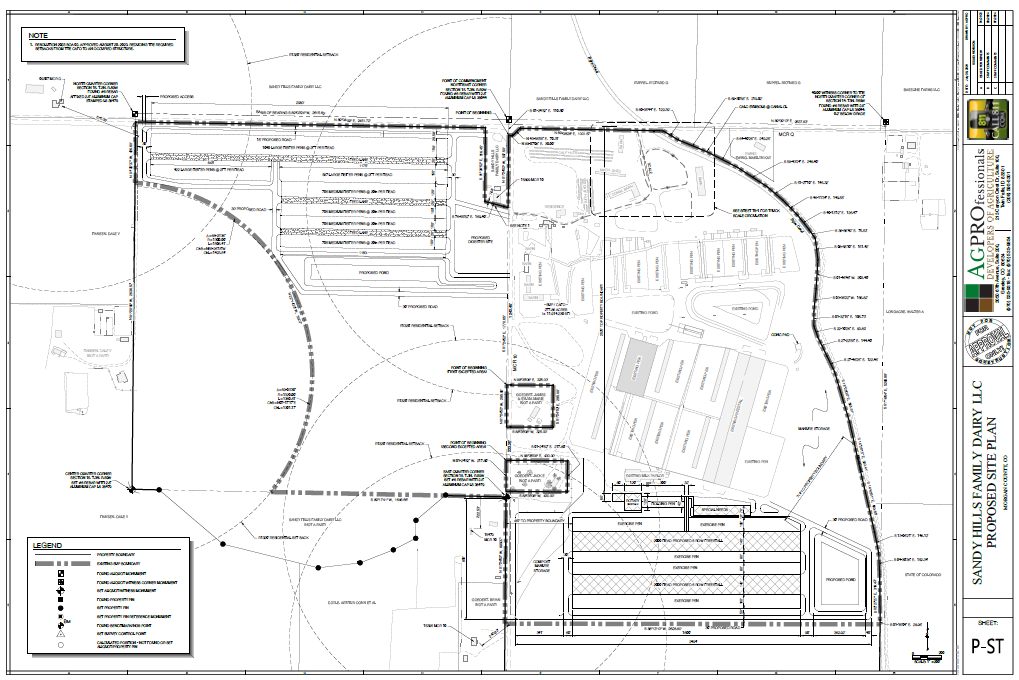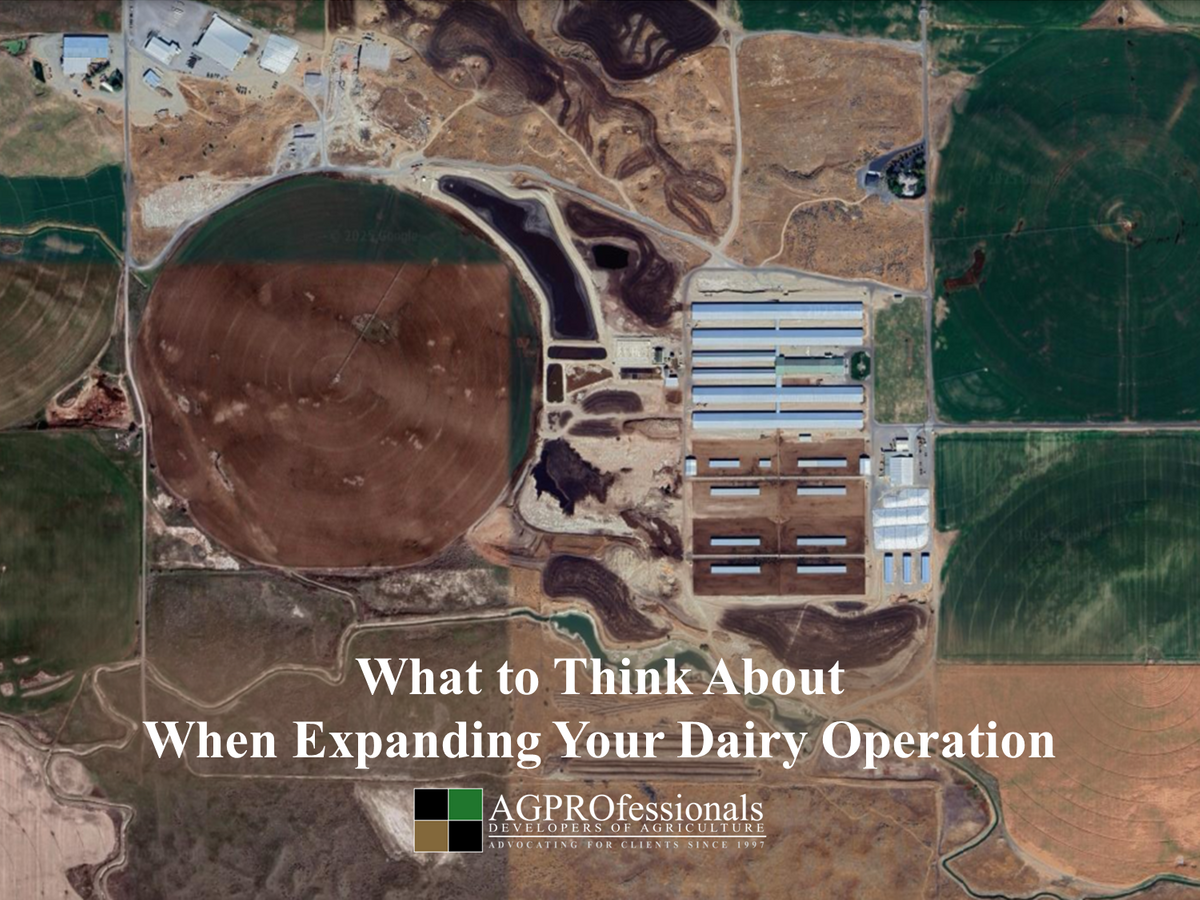
8 Key Considerations When Expanding Your Dairy Operation
Expansion in dairy operations can take several forms: you can increase your herd size within your existing facility footprint, upgrade or enlarge your current facility, boost capacity by adding a new production site, or construct an entirely new facility to support long-term growth.
How should you go about expanding? Based on our experience helping hundreds of clients through this process, we have eight considerations.
STOP! Read This First…
Before we begin, you need to answer these two questions. They are critical factors for every dairy expansion.
Can Your Processor Handle More Milk at Your Current Location?
Is there additional capacity coming online, or is there a plan to ship out of state? Suppose the answer is yes. Good to know!
Have You Thought About Your Current Manure Management System, Environmental Conditions, Water Availability and Rights, Permitting Needs?
These areas are often overlooked when envisioning a dairy operation expansion. We will cover these considerations in-depth later, but they’re important enough to flag right up front.
Now let’s get on with deciding how your dairy could expand.
1. Can You Increase Production Without Expanding Your Facility?
Construction is expensive, so it makes sense to first consider increasing production through improved efficiency.
It’s All About Math – And Your Milk Barn
Let’s start in the milk barn. Answering these questions may help to determine if you can maximize your current barn or if you’ll need to add on, or build new:
- How many cows are you currently milking?
- How many times per day are you milking?
- Are you maximizing production per milking stall?
Let's say you have a double 30 milk barn. If you milk three times per day, you should be able to achieve five turns per hour, which means you can milk approximately 300 cows per hour within an 8-hour shift. Using this math and your current double 30 milk barn, your maximum capacity is 2,400 cows.
If you’re already at capacity for your milk barn and want to increase production, you’ll need to expand your milking facilities.
Improve Efficiency by Tweaking Your Milking Procedure
But let’s say you’re milking less than your maximum capacity. You can improve the efficiency of your existing facility to milk more cows per day by making a simple change to your procedure. Here’s how.
Consider switching from milking three times a day to twice-daily milking. This gives you more time to milk cows and improves the efficiency of your double 30 milk barn to handle 3,600 head. While this change may result in less milk produced per cow, in the end, you'll see a significant improvement in production because you're milking more cows in the same facility.
2. You’ve Determined You’ll Need to Invest in a New or Additional Milk Barn – What’s the Best Choice?
There are positives and negatives to different styles of milk barns. Knowing these attributes provides the information needed to make the decision that works best for your operation.
Rotary Barns
Pros
- Allow for flexible pen sizes
- Can milk more cows per employee
- Pre- and post-dip robot options
- All cows exit in one lane
Cons
- Not as efficient if milking under 2,500 cows
- More moving parts = downtime, which could = decreased milking efficiency
Parallel Parlors
Pros
- Less initial capital investment
- Greater flexibility for expansion
- Easier to provide attention to individual cows while milking (stationary system, not moving)
Cons
- More labor required (~100 cows per employee)
Robot Milking Unit
Pros
- Reduced labor costs
- Reduced stress on cows (can be milked where they eat)
- Generally high production levels
- Increased efficiency, especially as an expansion option
Cons
- High initial investment
- High cost of maintenance
As an “add-on” option, producers have added a robot milking box and a cross-vent next to their milk barn, allowing them to expand by 400-800 cows without impacting their existing milking facility.
3. Is Your Current Cow Housing Sufficient, or Will You Need New Facilities? Cow Housing Considerations
Like milking barns, cow housing comes in many forms, including open lots, traditional freestall, tunnel vent freestall, and cross vent freestall barns. Your operations may use one style, and want to stay with that style, while others may use a combination or be transitioning from one housing style to another. Let’s consider the pros and cons of each type.
Open Lot Housing
Pros
- Lowest construction cost
- Good for cows’ feet and leg health
- Easy detection of cow heat cycles
Cons
- Weather impact on cows and employees
- Typically, cows travel farther to the milking barn
- Require more square footage per cow
Traditional Freestalls
Pros
- Weather protection
- Can be incorporated with open lots, allowing outside access for cows
- Natural ventilation
Cons
- Higher construction cost (concrete floors, two pens per building)
- Manure management and bedding maintenance
Tunnel Vent
Pros
- Weather protection
- Constant cooling through airflow design
- Smaller footprint (can house more cows on a smaller property)
- Shorter travel distance to the milk barn
Cons
- Higher construction cost
- Manure management and bedding maintenance
- Higher energy cost
Cross Vent
Pros
- Provides air flow across 6-8 pens in a single building
- Lower housing cost per cow
- More cows per building footprint (less cost per cow compared to freestall barn)
Cons
- Higher construction cost
- Concrete flooring means increased manure management and bedding maintenance
- Higher energy cost
The energy cost for tunnel vent and cross vent barns will be higher because fans are constantly moving air across the buildings.
4. How Will Expansion Change Your Manure Management System?
Regardless of the type of expansion planned, the current manure management system will need to be evaluated to determine its impacts on manure separation and storage, as well as land application systems. Any addition of cows to a site will impact storage and land application needs. These changes can be magnified if a new parlor or housing type is also implemented.
Housing changes from open lot to covered pens will result in double the amount of manure harvested off of concrete. Storage areas for scraped solids or flush/slurry storage will need to be expanded to accommodate these additional volumes. The land application of lagoon liquids and nutrients to surrounding fields must be accounted for, as all Confined Animal Feeding Operation (CAFO) facilities are required to have Nutrient Management Plans (NMPs) and meet specific requirements. Increased hauling and separation technology upgrades need to be considered in the overall budget, as they will increase operating costs.
A preliminary nutrient management plan for a proposed change is always advisable to give guidance on liquid and solid application land base. These plans should also assess the storage system and determine whether any expansion is necessary. Slope and drainage within and around the facility should be addressed within these plans.
5. How Will Expansion Affect Environmental Conditions?
Another consideration of any expansion or conversion is the impact on environmental conditions. Barn systems may open opportunities for future energy projects like digesters or other technologies. Changes in manure management may impact facility odor and nuisance conditions, and proximity to neighbors and populated areas should be considered.
6. Water Use Will Likely Increase. Will Your Water Rights Be Affected?
Water availability and water rights must be considered. Both facility water use and cropping changes to water use need to be considered. For example, in Idaho, water can be changed from irrigation to stock and commercial uses, but this water needs to come from a primary groundwater right. Water right priority dates need to be considered, as any area cutbacks, etc., will typically impact junior/newer rights over older senior rights.
Parlor updates and changes can have varying impacts on water use and corresponding storage requirements. Any changes to water-cooled equipment or water reuse may negate moderate increases in cow throughput. The lagoon storage system will need to be enlarged to accommodate the increased overall water use.
7. What Permits Will Be Required?
Prior to construction, all the permits must be in place. For example, most counties in the state of Idaho require a land use permit for the expansion of a CAFO. Remodels and site plan changes can often be addressed through an administrative change; however, if the number of animals or the footprint is changing, a land use permit will likely be required.
When preparing for an expansion, the following information should be gathered and assessed:
- Water rights (will a water transfer be needed)
- Approved NMP of the expansion
- Site Plan
- Acres for density requirements (not all counties have this requirement)
- Setback restraints: well location, neighbor location
Additionally, collaboration with local highway departments may be necessary.
Other permits that may be required are:
- Public drinking water
- Septic
- Building permits
- Access permits
Remember, permitting requirements are county and site-specific, so consider this a basic, “starting point” list.
8. What Help Will You Need?
The most crucial step when planning to expand your dairy is to assemble a trusted team to develop a solid plan. The individuals who should be involved include your herd veterinarian, herd manager, a dairy engineer, land planner, construction team, and a dairy banker.
Our team at AGPROfessionals has designed and engineered some of the nation's best dairy operations. For over twenty-five years, we have focused on helping our clients achieve their goals and support their success.
If you're considering expanding your dairy operation, we would be honored to become a trusted part of your team.

